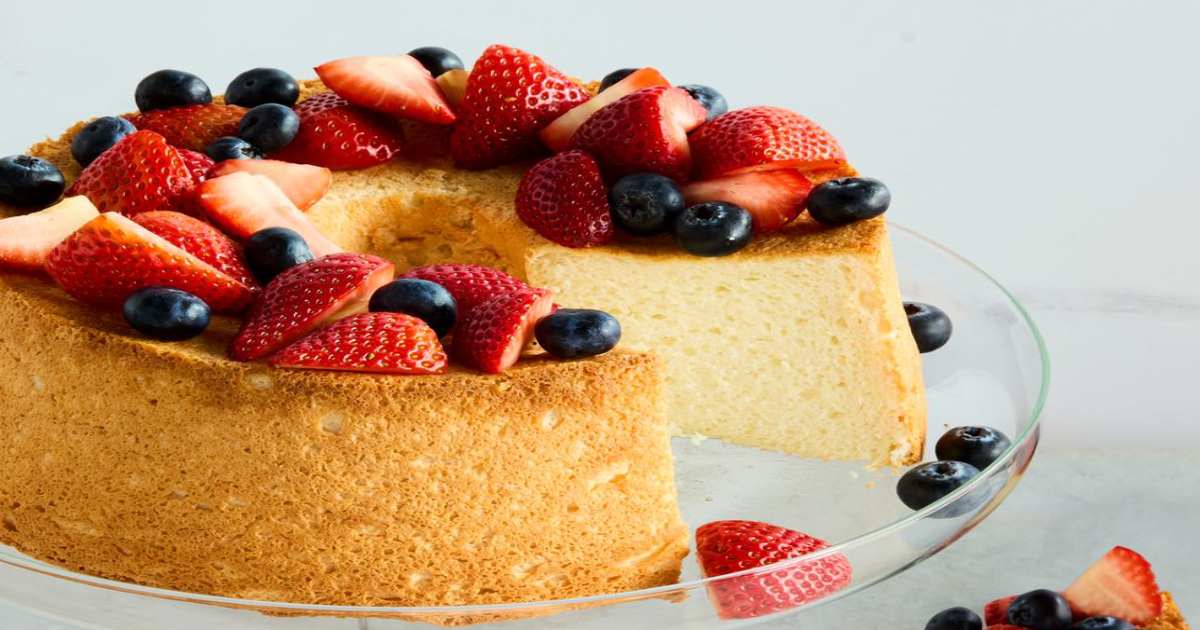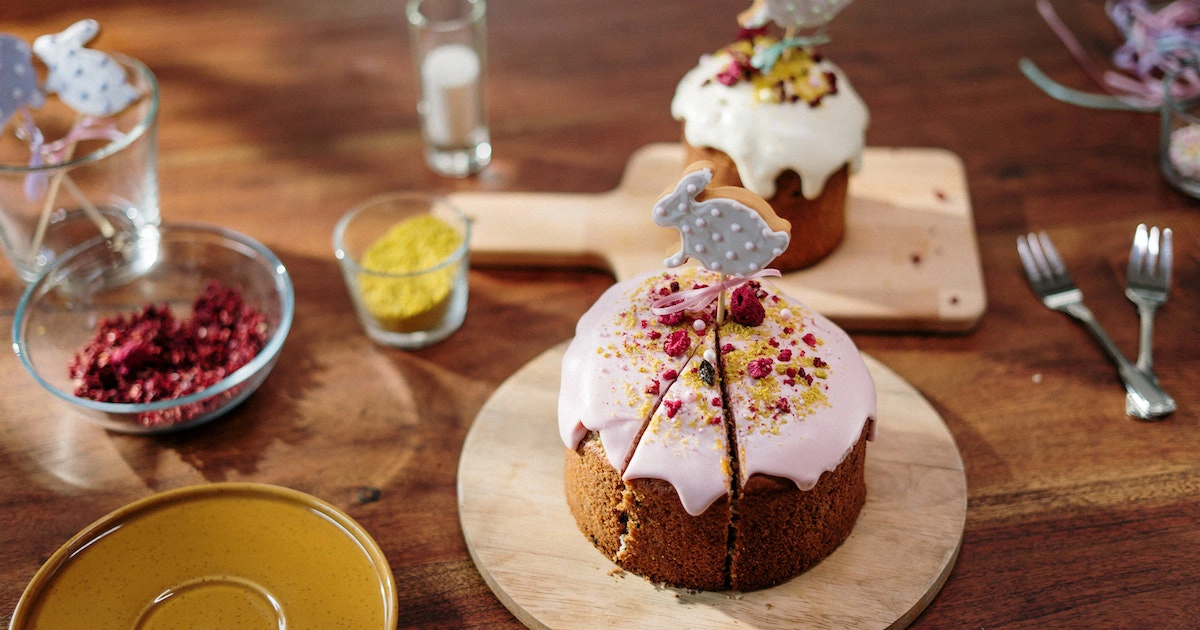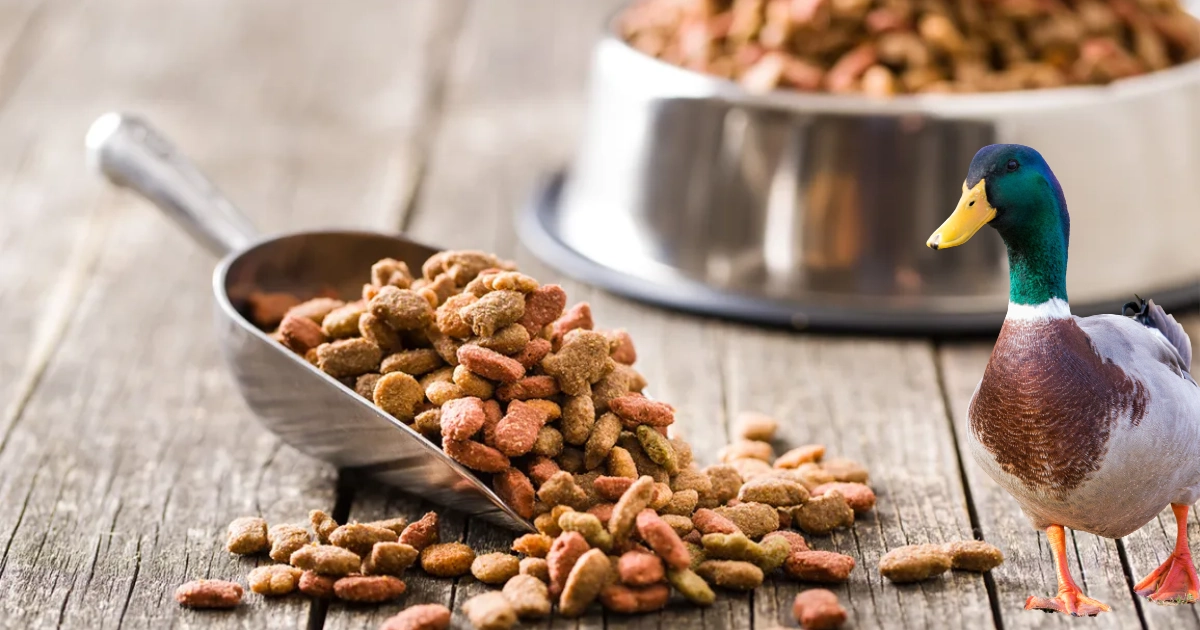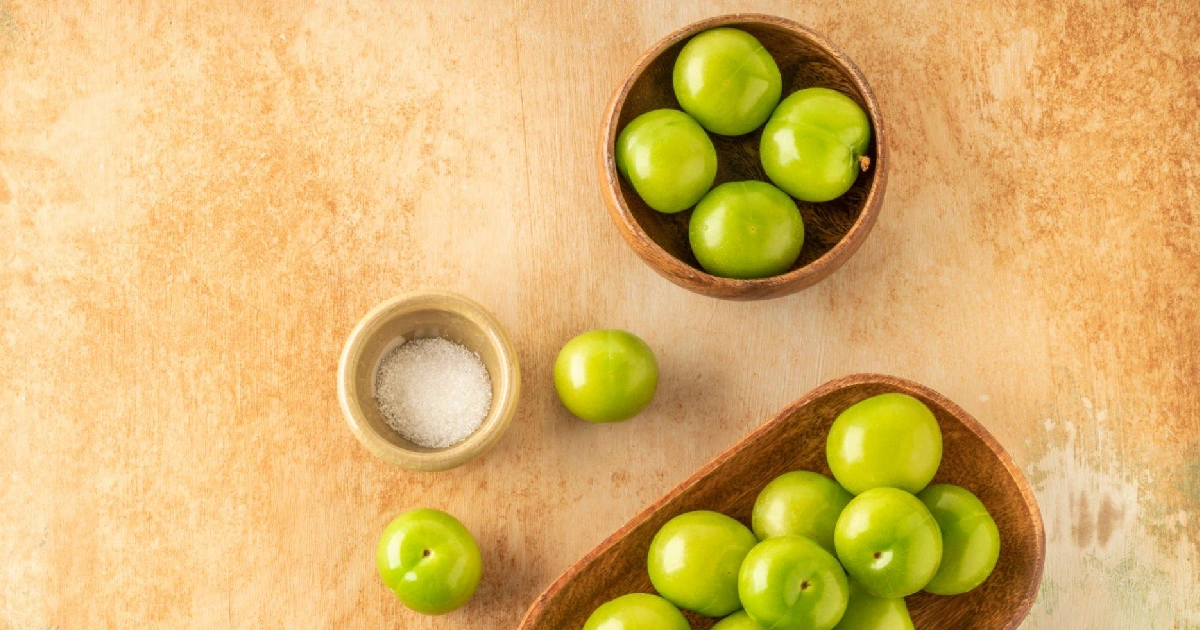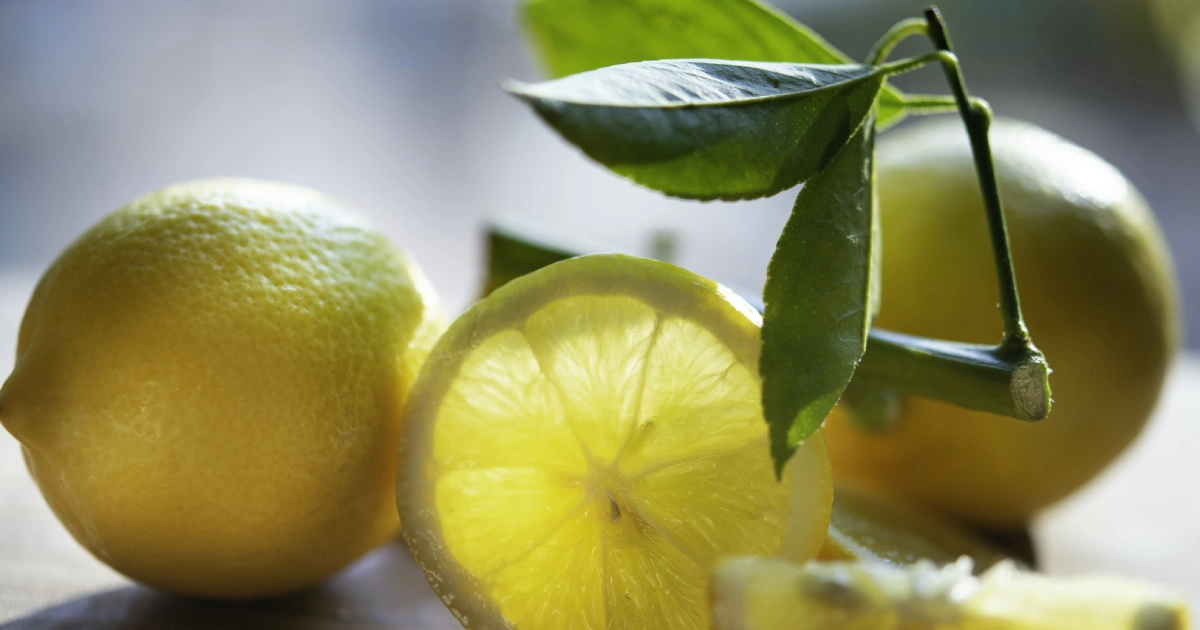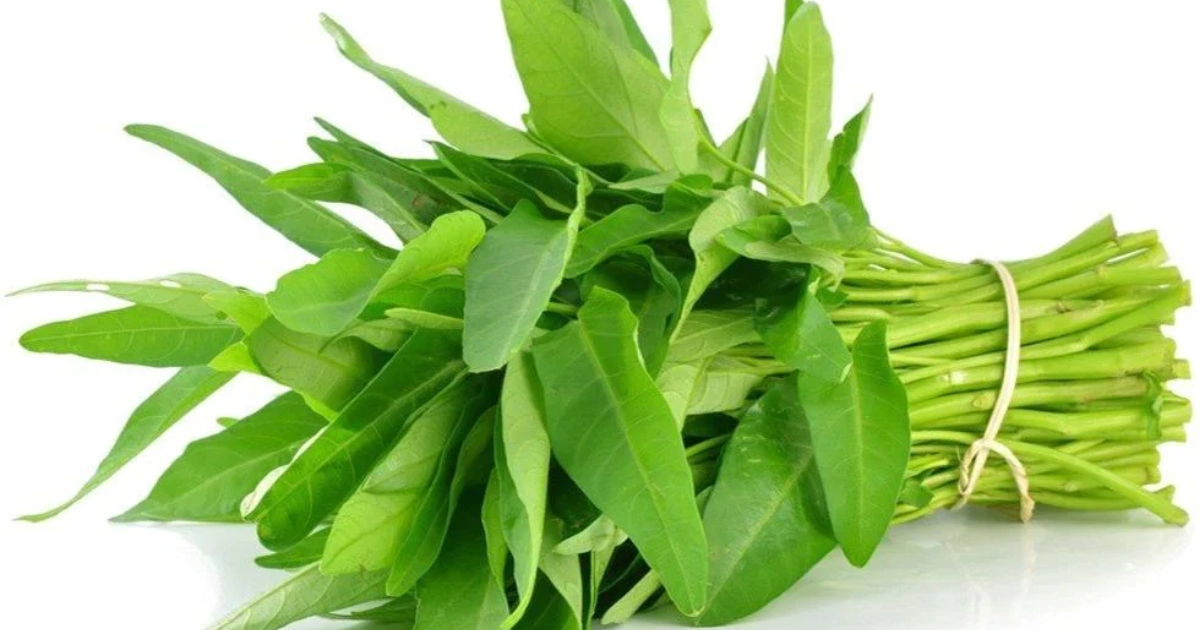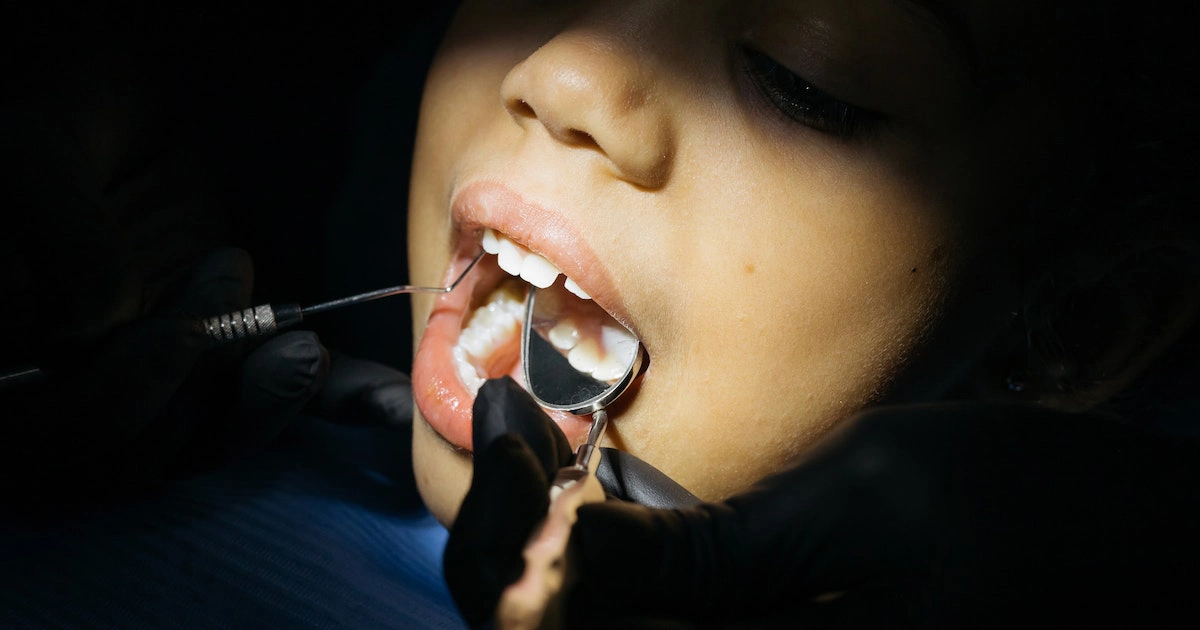Having a wisdom tooth extraction can be a daunting experience, but the recovery process is essential for your oral health. One common issue that arises during the healing period is getting food stuck in the wisdom tooth hole. If left unaddressed, this can lead to discomfort, bad breath, and even infection. This blog will explore effective methods to safely remove food from a wisdom tooth hole, promoting a speedy and complication-free recovery.
How Do You Flush Out Wisdom Teeth Holes?
If you just had wisdom teeth out and are having trouble removing food particles from the extraction site, here are a few actions you can take:
- Rinse your mouth: After eating, gently rinse your mouth with warm saltwater. In 8 ounces of warm water, dissolve half a teaspoon of salt. The saltwater solution helps cleanse the area and may dislodge any food particles stuck in the hole.
- Use an irrigation syringe: Your dentist may have provided you with an irrigation syringe or a plastic curved-tip syringe. Fill it with warm salt water or an antimicrobial mouthwash prescribed by your dentist. Position the tip of the syringe close to the extraction site and gently flush out any debris or food particles. Take care and avoid too much force or to cause discomfort.
- Gentle brushing: Using a soft-bristle toothbrush, carefully brush the teeth adjacent to the extraction site. Avoid brushing directly over the wound to prevent any irritation. Brushing will help dislodge any food particles stuck between the teeth that could contribute to the problem.
- Be mindful of your diet: Choose soft, easily chewable foods that are less likely to get stuck in the extraction site. Opt for soups, mashed potatoes, smoothies, yoghurt, or other soft foods until the healing process is complete.
- Drink plenty of water: Staying hydrated can help wash away small food particles and maintain a clean oral environment.
- Do not use sharp objects: Avoid using any sharp objects like toothpicks or needles to remove food from the wisdom tooth hole. They can cause damage to the healing tissue.
- Follow post-extraction care instructions: Make sure to follow particular instructions provided by your dentist or oral surgeon regarding post-extraction care. This may include rinsing with a prescribed mouthwash or using medicated gels to aid healing and prevent infection.
What Happens If Food Gets In Your Wisdom Tooth Hole?
If food gets stuck in your wisdom tooth hole, it can cause discomfort and even infection. The area may become swollen and painful, making eating or speaking difficult. To avoid future issues, any trapped foods remove as quickly as feasible.
One way to remove food from a wisdom tooth hole is by gently rinsing your mouth with warm salt water. This can help loosen the debris and flush it out of the hole. You can also use an oral irrigator filled with water to flush out the region.
If you can’t get the food out on your own, are in a lot of pain, have a lot of swelling, or have bad breath, you should see a dentist to get checked out and treated. If there is an illness, they may need to clean the area or give the person antibiotics. Remember, proper dental hygiene and regular check-ups can help prevent issues with wisdom teeth in the first place.
Will Food Stuck In Teeth Dissolve?

When food is caught between the molars, it can be quite irritating and uncomfortable. You may find yourself constantly picking at the area or trying to remove the food with your tongue. People frequently inquire as to whether the food will decompose on its own. Unfortunately, the answer is no.
While some foods may break down over time due to natural enzymes in your saliva, most foods will not dissolve on their own. In fact, allowing food to remain lodged in the teeth for a prolonged period may lead to bacterial growth and potential dental issues. What should you do if food becomes lodged in the cavity of your wisdom tooth?
The most effective method for removing food from a wisdom tooth cavity is to rinse gently with warm salt water or use an irrigation syringe filled with warm salt water. You may also use dental floss or an interdental brush to dislodge any lingering food particles if you are experiencing discomfort to avoid infection or other complications.
How Long Does The Wisdom Tooth Hole Take To Close?
After getting a wisdom tooth extracted, it is common to experience some discomfort and bleeding for the next few days. As the healing process begins, one may notice a hole where the tooth is removed. How long it takes for this hole to heal depends on the person. How long it needs for this hole to heal depends on the person. Depending on the individual, this opening can close anywhere between some days and several weeks.
Maintaining excellent oral hygiene, such as brushing twice within 24 hours with a soft brush and using an antiseptic mouthwash, will speed up the healing process.
Additionally, avoid smoking or consuming alcohol, as they can delay the healing process.
If food gets stuck in your wisdom tooth hole during this healing period, try rinsing your mouth with salt water or using an irrigation syringe to flush out any debris gently. Avoid using sharp objects like toothpicks or floss, as they can damage the sensitive gum tissue surrounding the extraction site and cause further discomfort. With the correct care, you ensure your wisdom tooth hole closes quickly and effectively without any complications.
Will Food Stuck In Gum Come Out?
If you have food lodged in your gum or wisdom tooth hole, removing it as quickly as possible is important. Leaving food debris in your mouth can cause bacteria buildup and lead to potential infections or bad breath. Removing the food particles from your gum or wisdom tooth hole is easy with simple steps.
One effective way of removing food stuck in your gums is by using dental floss. Take a piece of floss and gently slide it along the space between your teeth and gums, moving back and forth until you dislodge the debris. If the floss doesn’t work, try using an interdental brush instead. These small brushes are designed specifically for cleaning between teeth and can be particularly helpful for reaching those hard-to-reach areas.
Another method of removing food from your gum pocket is by rinsing out your mouth with salt water or warm water mixed with baking soda. This will help break down any remaining particles lingering in the crevices of your gums. This technique is used sparingly, as excessive salt water can aggravate sensitive gums.
Will Your Gums Naturally Push Food Out?
One question often arises during this time is whether or not your gums will naturally push food out. Unfortunately, the answer is no – your gums lack the strength to push food out on their own.
However, you can remove food particles from your wisdom teeth hole. Warm salt water rinsed a few times daily helps remove debris and mend gum tissue. You can also use a syringe or irrigation device specifically designed for oral care to flush out any remaining food.
Sharp objects must be avoided at any cost, such as toothpicks or Q-tips, to try and remove food from the extraction site, as this can cause further damage and delay healing. If you are experiencing persistent discomfort, be sure to contact your dentist for advice on how best to manage your symptoms.
When Can I Stop Worrying About Food Getting Stuck In Wisdom Teeth Holes?
After wisdom teeth are extracted, people often worry that food will get caught in the holes left behind. It usually takes several weeks for the gum tissue to heal completely and for the holes to close up. It is crucial to take extra care during this period while eating and brushing your teeth.
To avoid food particles from getting lodged in the wisdom tooth holes, stick to soft foods that are easy to swallow and won’t get stuck easily. Avoid crunchy or hard foods that may require excessive chewing or that can break apart into small pieces.
Additionally, after every meal, rinse your mouth with salt water or an antiseptic mouthwash recommended by your dentist. This helps clean out any debris that may have gotten trapped in the extraction site and keeps the area free from bacteria. As long as these precautions are observed, and you maintain good oral hygiene practices, you should stop worrying about food getting stuck in those pesky wisdom tooth holes soon enough.
How Do You Dissolve Food Stuck In Your Gums?
Getting food stuck in your gums is common, especially around wisdom teeth. Using your tongue or a toothpick to dislodge the food may be tempting, but these methods can make the situation worse by pressing the food deeper into the gums or even damaging them. Instead, you can dissolve and remove the pesky food particles with a few straightforward steps.
One effective method is rinsing with warm salt water. The salt helps break down debris and reduce inflammation in the area. Just mix a half teaspoon of salt with eight cups of tepid water, gargle the solution for thirty seconds, and then spew it out.
The use of an oral irrigator or water flosser is an alternative option. These devices discharge a stream of water between the teeth and along the gumline, flushing out any trapped food particles without harming the gums. Use lukewarm water rather than cold, as cold water can be unpleasant for gums.
If all else fails, pain or swelling, consult with your dentist, who can advise on the next steps, such as a professional cleaning or antibiotics if necessary.
Can Food Stuck In Gums Cause Infection?
When food particles become lodged between the teeth, they can cause significant discomfort and even infection. This is important if you have a wisdom tooth cavity where food can quickly become lodged. If left untreated, the bacteria in the trapped food can result in an infection that can spread to other parts of your mouth.
One way to remove the trapped food from your wisdom tooth hole is by rinsing your mouth with warm saltwater. This helps to loosen up any food particles that may be stuck while also reducing inflammation and promoting healing. You also use an oral irrigator or water flosser to flush out the debris from the hole.
What Is The Strongest Natural Antibiotic For Tooth Infection?
The most common problem that people face after getting a tooth extracted, especially wisdom teeth, is food getting stuck in the hole. This can cause tremendous discomfort and even infection if not correctly cared for. Rinsing your mouth with tepid salt water after every meal effectively prevents this from occurring. Saltwater acts as a natural disinfectant and helps to keep the area clean.
If you do end up with food stuck in your wisdom tooth hole, removing it as soon as possible is essential. You can use a syringe or water flosser to flush out any debris lodged in the hole. It’s best to avoid using sharp objects like toothpicks or needles as they can damage the tissue and increase the risk of infection.
If you develop an infection, garlic is one natural remedy that has been found effective. Garlic contains allicin, which has powerful antibacterial components that help to fight off infections caused by bacteria such as Streptococcus mutans. You can crush or chop a garlic clove and use it on the area that needs it for several minutes before thoroughly rinsing your mouth with warm salt water. However, keep in mind that natural remedies like garlic may help alleviate symptoms temporarily. It’s always best to seek professional dental treatment for severe infections or persistent pain.
How Do You Get Food Out Of Your Back Teeth?

When food gets stuck in your wisdom tooth hole, trying to remove it can be quite frustrating. One way to get the food out is using an irrigator or water flosser. These devices discharge water at a high pressure to dislodge any food particles that have become lodged in the tooth hole. For better results, you can also use salt water or a mouthwash solution with the irrigator.
Another option is using interdental brushes. These are small brushes that can fit between your teeth and help remove any trapped food particles. They effectively remove debris from your back teeth, especially if you have gaps or spaces between them.
Lastly, dental picks or flossing tape can come in handy when removing food from hard-to-reach areas such as the wisdom tooth hole. When using dental picks, avoid causing injury to your gums or bleeding. There are many ways to get food out of your back teeth, depending on what works best for you. Irrigators, interdental brushes, dental picks, and flossing tape are some of the effective methods to do this.
Why Do My Gums Feel Like Food Is Stuck?
If you’ve ever felt like there’s food stuck in your gums, it can be an uncomfortable and even painful sensation. This feeling often occurs due to tiny bits of food lodged between your teeth or within a gum pocket. These trapped food particles can cause irritation and inflammation, leading to discomfort and swelling.
The wisdom tooth hole (or extraction site) is one common area where food can get stuck. After removing a wisdom tooth, you may experience pain, swelling, and bleeding for several days. During this time, it’s important to avoid foods that could aggravate the healing process or become lodged in the open wound. Soft foods like soup, yoghurt, and mashed potatoes are suitable for the first few days after surgery.
Rinsing with warm salt water is advised to remove any lingering bits of food from a wisdom tooth hole. This will help reduce inflammation while flushing out any debris. You can also use an irrigator (like a Waterpik) to gently flush out any remaining food particles without causing further damage to tender oral tissues. If you feel like something is stuck in your gums despite these efforts, consult your dentist or oral surgeon for additional advice on treating this issue.
Can Food Stuck Gum Swell?
Food getting stuck in your wisdom tooth hole can be a real pain and can even cause swelling or discomfort. Too much time without treatment can also lead to infection. One common culprit of food getting stuck is gum, which has adhesive properties that make it especially difficult to remove from crevices like those found in your teeth.
If you’re dealing with gum stuck in your wisdom tooth hole, several methods exist for removing it safely and effectively. First, try swishing warm salt water around in your mouth. This can help loosen the gum and make it easier to remove. You may also attempt to remove the tissue using dental floss or an interdental brush.
If these methods don’t work or you’re experiencing any pain or swelling due to the stuck gum, it’s best to seek professional dental care right away. Your dentist can remove the gum without causing additional harm or discomfort and safely and effectively. Remember that caring for your oral health is crucial not only for your teeth and gums but also for your overall health!
Why Does My Gum Hurt Where My Wisdom Tooth Was Removed Years Ago?
If you are experiencing pain and distress where your wisdom tooth was extracted years ago, It may indicate complications like an infection or desiccated socket. A dry socket comes when the blood clot that forms after a tooth is pulled falls apart or moves before the wound fully recovers. This leaves bone and nerve ends exposed, which can be very painful. Infection can also result from bacteria entering the socket and causing inflammation.
Start by cleaning your mouth with warm salt water several times to reduce swelling and speed up healing. This will help you get food out of the hole left by your wisdom tooth. Please avoid using hard or sharp objects, such as toothpicks or dental floss, as they may damage the healing tissue in your gum. Instead, use a syringe filled with warm salt water to gently flush out any debris that may be stuck in the hole.
It is important to seek professional dental attention if you experience persistent pain or inflammation in your gum, which your wisdom tooth removes years ago. Your dentist will examine the area and recommend treatment options based on your symptoms.
How To Get Food Out Of Wisdom Tooth Hole?
After having wisdom teeth extracted, it’s not uncommon for food to become lodged in the wisdom tooth cavity. Additionally, it can result in infection and bad odour. There are several ways to safely get food out of the wisdom tooth hole.
One of the easiest methods is rinsing your mouth with warm salt water. This solution will help disinfect the area and loosen up any trapped food particles. You may also use an irrigator or a syringe filled with warm salt water to delicately flush away the debris.
Another technique is carefully using a soft-bristled toothbrush or a dental pick to remove any visible bits of food from the hole area. However, you need to be extra gentle to avoid damaging any stitches or tissue that may still be healing.
In case none of these remedies works for you, consult your dentist immediately, as they might suggest other treatments, such as flushing out with an antiseptic solution or antibiotics if necessary. Remember, taking good care of oral hygiene is essential for proper healing after oral surgery!
Conclusion
In conclusion, getting food out of a wisdom tooth hole can be challenging, but there are several ways to manage it. First, rinse your mouth with tepid salt water after each meal to get rid of debris lodged in the hole. Additionally, using an irrigation pipette can assist in flushing away any debris that may have accumulated.
Another effective method is using a cotton swab or gauze to remove any visible food particles from the hole gently. It’s essential not to use anything sharp or abrasive as it could irritate the surrounding tissue and cause bleeding or inflammation.
Overall, patience and persistence are key when dealing with this issue. If you experience persistent pain or swelling around the wisdom tooth site, it’s crucial to seek professional dental attention immediately. Remember that proper oral hygiene practices and regular dental check-ups can help prevent these issues from occurring in the future.
FAQ
Q: Why Is Food Getting Stuck In My Wisdom Tooth Hole?
A: After a wisdom tooth extraction, a socket or hole is left behind in the gum tissue. This hole can trap food particles, causing them to become lodged and difficult to remove.
Q: Is Food Getting Stuck In The Wisdom Tooth Hole Normal?
A: Yes, it is relatively common for food to get stuck in the wisdom tooth hole during the healing process. The hole can create pockets where food particles can accumulate.
Q: How Long Does The Wisdom Tooth Hole Take To Heal?
A: The healing time can vary from person to person, but generally, it takes about one to two weeks for the wisdom tooth hole to heal. However, complete healing may take several weeks or even months.
Q: How Can I Remove Food From My Wisdom Tooth Hole?
A: If you have food stuck in your wisdom tooth hole, here are a few techniques you can try:
Rinse: Gently rinse your mouth with warm saltwater or an antimicrobial mouthwash to help dislodge the food particles.
Water syringe: Use a water syringe or an irrigation device (provided by your dentist) to flush out the hole with water. Ensure the water is not too forceful to avoid causing any damage.
Gentle brushing: If the hole has partially closed, you may carefully brush the area with a soft-bristle toothbrush to dislodge the food. However, avoid brushing the hole directly if it’s still an open wound.


